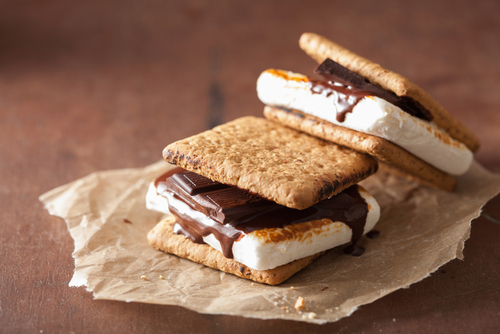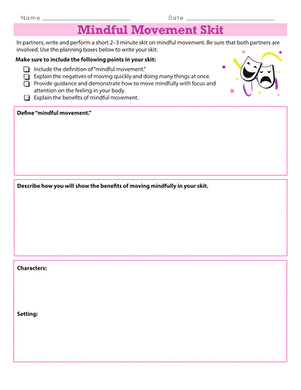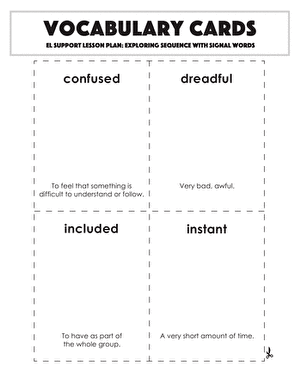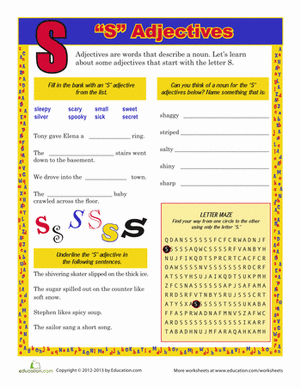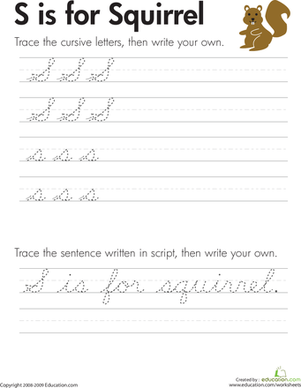Activity
Exploring the Movement of Tectonic Plates with S'Mores
Grade Level: 2nd to 3rd Type: Earth Science
Objective:
In this experiment you will explore how tectonic plates move to create land and expand bodies of water.
Research Questions:
- Tectonic plates move every second, so why is the movement so rarely felt by anyone?
- Is there a connection between new land forming in some places and water expanding in others?
- Do you think this experiment correctly portrays the movement of tectonic plates?
Materials:
- One plate
- Marshmallow spread
- Two graham crackers
Experimental Procedure:
- Slather a considerable amount of marshmallow spread onto a plate.
- Place the graham crackers on opposite sides of the plate.
- Every ten seconds, push the graham crackers closer to each other. Observe what is happening to the marshmallow spread.
- Once the graham crackers have touched each other, note how the marshmallow spreading is a different shape than it was at the start of the experiment.
- Clean up the mess by eating it!
Terms/Concepts: tectonic plates, moving oceans, continental drift
References:
- What is a Tectonic Plate?: http://pubs.usgs.gov/gip/dynamic/tectonic.html
- When Continents Collide: http://geocraft.com/WVFossils/collision.html
Disclaimer and Safety Precautions
Education.com provides the Science Fair Project Ideas for informational purposes only. Education.com does not make any guarantee or representation regarding the Science Fair Project Ideas and is not responsible or liable for any loss or damage, directly or indirectly, caused by your use of such information. By accessing the Science Fair Project Ideas, you waive and renounce any claims against Education.com that arise thereof. In addition, your access to Education.com's website and Science Fair Project Ideas is covered by Education.com's Privacy Policy and site Terms of Use, which include limitations on Education.com's liability.
Warning is hereby given that not all Project Ideas are appropriate for all individuals or in all circumstances. Implementation of any Science Project Idea should be undertaken only in appropriate settings and with appropriate parental or other supervision. Reading and following the safety precautions of all materials used in a project is the sole responsibility of each individual. For further information, consult your state's handbook of Science Safety.
Education.com provides the Science Fair Project Ideas for informational purposes only. Education.com does not make any guarantee or representation regarding the Science Fair Project Ideas and is not responsible or liable for any loss or damage, directly or indirectly, caused by your use of such information. By accessing the Science Fair Project Ideas, you waive and renounce any claims against Education.com that arise thereof. In addition, your access to Education.com's website and Science Fair Project Ideas is covered by Education.com's Privacy Policy and site Terms of Use, which include limitations on Education.com's liability.
Warning is hereby given that not all Project Ideas are appropriate for all individuals or in all circumstances. Implementation of any Science Project Idea should be undertaken only in appropriate settings and with appropriate parental or other supervision. Reading and following the safety precautions of all materials used in a project is the sole responsibility of each individual. For further information, consult your state's handbook of Science Safety.






